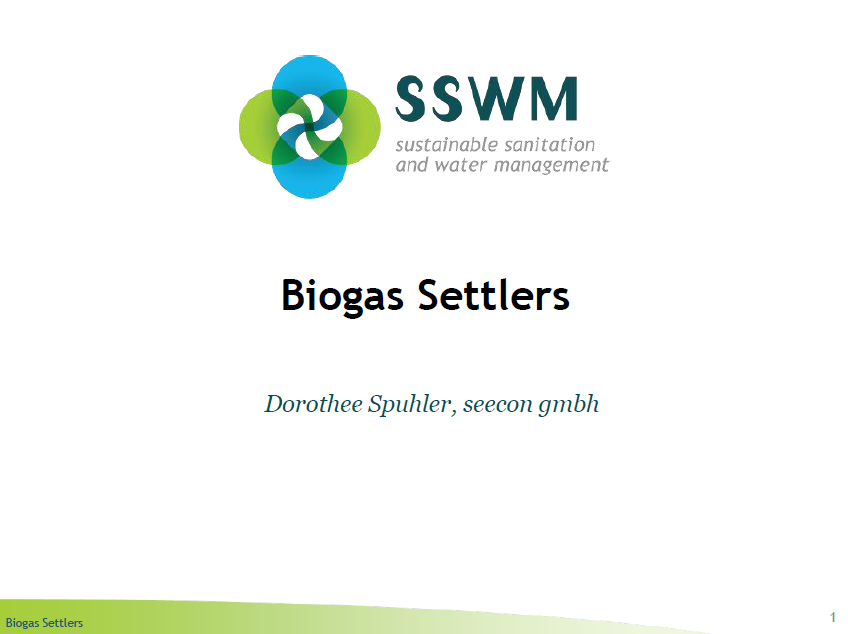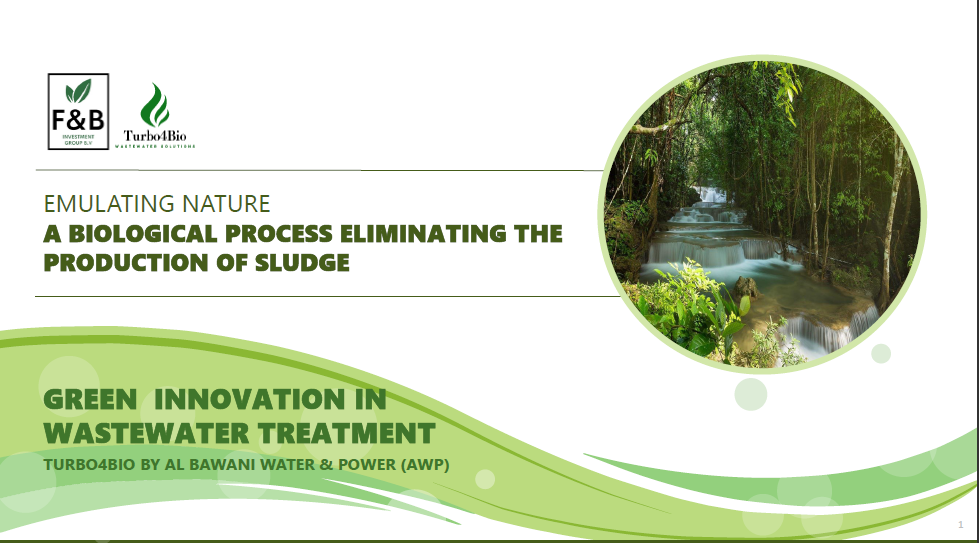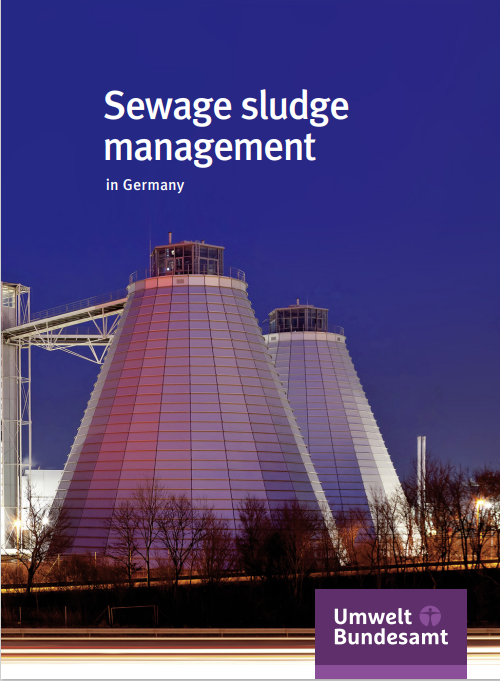Sludge, Odors & Biogas
CE 356: Fundamentals of Environmental Engineering (Microbiology and Activated Sludge Design)
Views : 9
CE 356: Fundamentals of Environmental Engineering (Microbiology and Activated Sludge Design)
By Ricardo B. Jacquez
Professor, CAGE Department
New Mexico State University
Usually dispatched in 2 to 3 days
Usually dispatched in 2 to 3 days
Category:
Sludge, Odors & Biogas
Only logged in customers who have purchased this product may leave a review.
Related books
Energy from Wastewater Sewage Sludge in Lebanon
The Ministry of Energy and Water (MEW) and the Council for Development and Reconstruction (CDR) are considering investing in energy produced from
wastewater sludge through anaerobic digestion (AD). Currently, Lebanon has only a few constructed wastewater treatment plants (WWTPs), however many
others are either under construction, under designphase assessment, or are envisioned to be assessed in the future. The goal of this study is to undergo a feasibility assessment to identify the WWTPs that meet the conditions to implement AD and elaborate the related technical specifications.
Energy from Wastewater Sewage Sludge in Lebanon
The Ministry of Energy and Water (MEW) and the Council for Development and Reconstruction (CDR) are considering investing in energy produced from
wastewater sludge through anaerobic digestion (AD). Currently, Lebanon has only a few constructed wastewater treatment plants (WWTPs), however many
others are either under construction, under designphase assessment, or are envisioned to be assessed in the future. The goal of this study is to undergo a feasibility assessment to identify the WWTPs that meet the conditions to implement AD and elaborate the related technical specifications.
Sludge Dehydration Technologies
INTRODUCTION
Dewatering is a physical process integrated in the sludge line of treatment plant. It is aimed at reducing the water content and therefore the sludge volume. In this way, its transportation costs to the final destination point is reduced. On the other hand, the dewatered sludge is easier to handle and the transport process is more convenient than in the case of a sludge with higher water content.
The dewatering technique chosen must be consistent with the amount and characteristics of sludges generated and with the biosolid final destination.
Water present in the sludge exists in four forms (see figure): free, colloidal, intercellular and capillary. Free water can be separated from sludge by gravity as it is not associated with solids. Chemical conditioning prior to the use of mechanical tools is required in order to remove colloidal and capillary water. For intercellular water removal, the structure containing it must be broken and this can be done through heat treatment.
Sludge Dehydration Technologies
INTRODUCTION
Dewatering is a physical process integrated in the sludge line of treatment plant. It is aimed at reducing the water content and therefore the sludge volume. In this way, its transportation costs to the final destination point is reduced. On the other hand, the dewatered sludge is easier to handle and the transport process is more convenient than in the case of a sludge with higher water content.
The dewatering technique chosen must be consistent with the amount and characteristics of sludges generated and with the biosolid final destination.
Water present in the sludge exists in four forms (see figure): free, colloidal, intercellular and capillary. Free water can be separated from sludge by gravity as it is not associated with solids. Chemical conditioning prior to the use of mechanical tools is required in order to remove colloidal and capillary water. For intercellular water removal, the structure containing it must be broken and this can be done through heat treatment.
Odor Control
20 years ago there was little talk of odor control. WWTP’s and PS were located out of town, and odor was not a problem.
Today odor control is generally considered an essential process in sewage treatment plant design, and in many other industries.
Odor Control
20 years ago there was little talk of odor control. WWTP’s and PS were located out of town, and odor was not a problem.
Today odor control is generally considered an essential process in sewage treatment plant design, and in many other industries.
Global Atlas of Excreta, Wastewater Sludge, and Biosolids Management
It is crystal clear that, in addition to clean air, the well-being of our planet also requires that water, wastewater and the resulting biosolids (sludge) need to be managed more seriously, and in a focused, coordinated and cooperative manner. The idea for the creation of this Global Atlas of Excreta, Wastewater Sludge, and Biosolids Management originated at the IWA Biosolids Conference, “Moving Forward Wastewater Biosolids Sustainability: Technical, Managerial, and Public Synergy” held in Moncton, New Brunswick, Canada in June 2007. At this conference representatives of the International Water Association (IWA), Water Environmental Federation (WEF) and European Water Association (EWA) agreed that it would be very useful to produce a current edition of the “Global Atlas of Wastewater Sludge and Biosolids Use and Disposal” which had been published in 1996, with Peter Matthews being
the original editor.
Global Atlas of Excreta, Wastewater Sludge, and Biosolids Management
It is crystal clear that, in addition to clean air, the well-being of our planet also requires that water, wastewater and the resulting biosolids (sludge) need to be managed more seriously, and in a focused, coordinated and cooperative manner. The idea for the creation of this Global Atlas of Excreta, Wastewater Sludge, and Biosolids Management originated at the IWA Biosolids Conference, “Moving Forward Wastewater Biosolids Sustainability: Technical, Managerial, and Public Synergy” held in Moncton, New Brunswick, Canada in June 2007. At this conference representatives of the International Water Association (IWA), Water Environmental Federation (WEF) and European Water Association (EWA) agreed that it would be very useful to produce a current edition of the “Global Atlas of Wastewater Sludge and Biosolids Use and Disposal” which had been published in 1996, with Peter Matthews being
the original editor.
Sewage Sludge Management In Germany
Introduction
What is sewage sludge?
In Germany, daily water use now reaches 120 litres per person. All of this water ultimately ends up in the sewage system, and from there is channelled to sewage treatment plants. At such plants, the sewage passes through screens and sieves and undergoes mechanical and biological purification,
the goal being to remove impurities from the sewage and to then channel the resulting purified water into waterbodies. The residue of this process is known as
sewage sludge, which can occur in anhydrous, dried or other processed forms.
Sewage Sludge Management In Germany
Introduction
What is sewage sludge?
In Germany, daily water use now reaches 120 litres per person. All of this water ultimately ends up in the sewage system, and from there is channelled to sewage treatment plants. At such plants, the sewage passes through screens and sieves and undergoes mechanical and biological purification,
the goal being to remove impurities from the sewage and to then channel the resulting purified water into waterbodies. The residue of this process is known as
sewage sludge, which can occur in anhydrous, dried or other processed forms.















Reviews
There are no reviews yet.